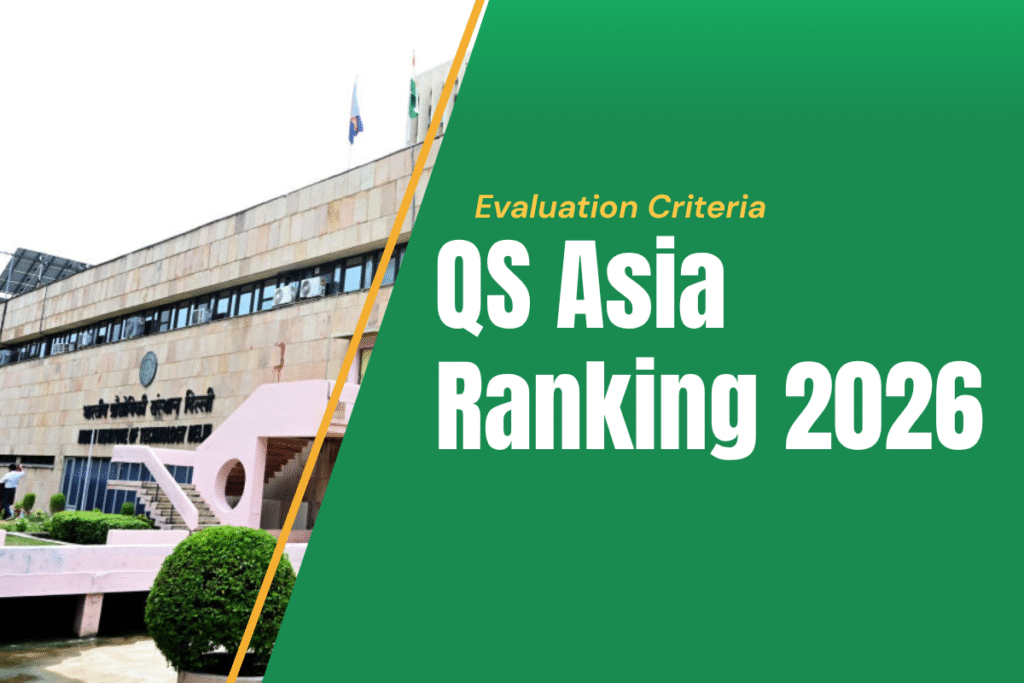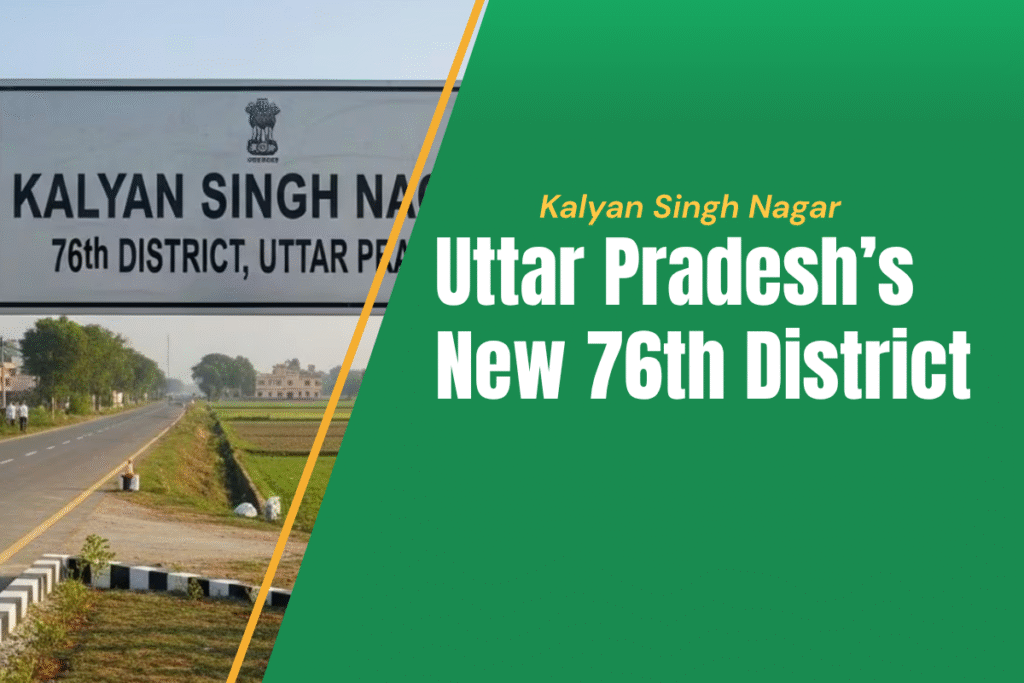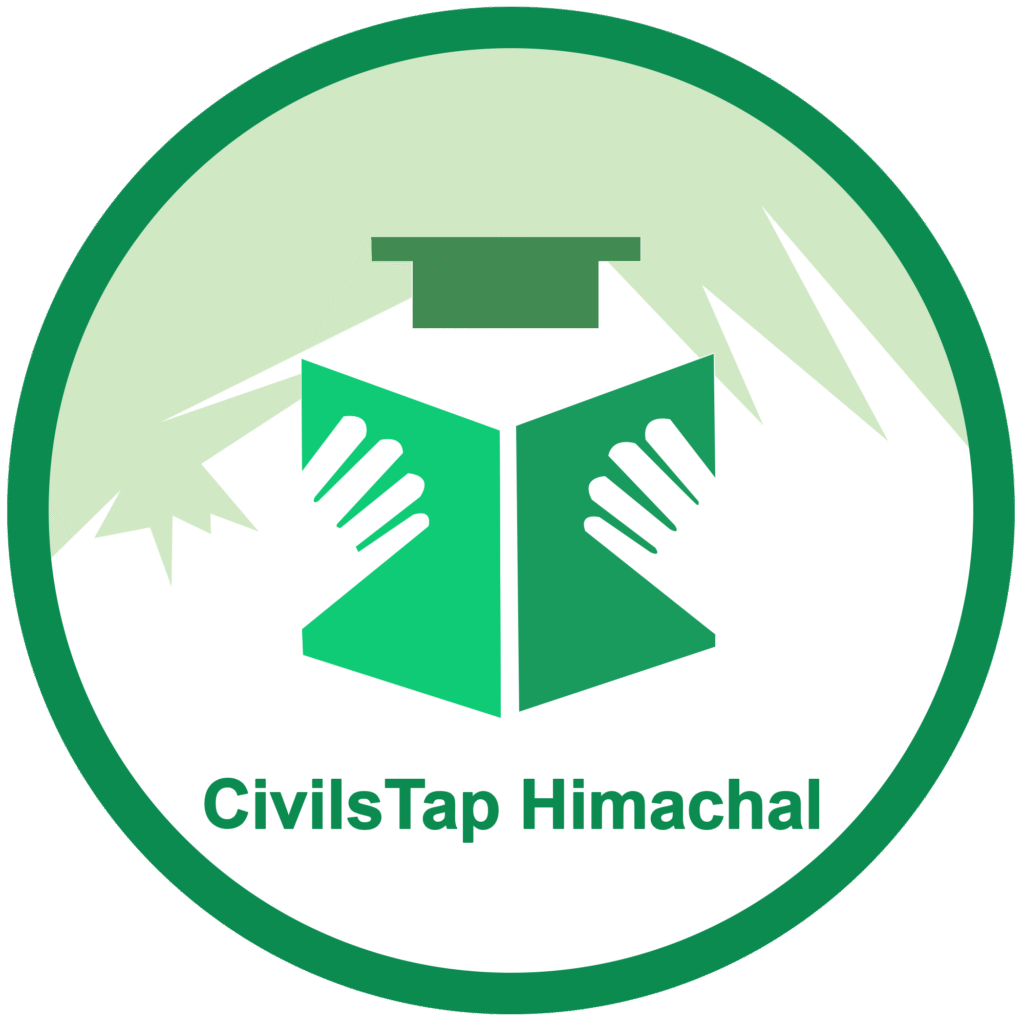30 Aug 2025: PRELIMS CURRENT AFFAIRS | Complete Exam Preparation
Prelims Current Affairs includes Small-Scale Industries (SSIs), USA has imposed an additional 25% tariff on Indian imports, New Development Bank (NDB), set up by BRICS nations (Brazil, Russia, India, China, South Africa), Sustainable Development Goal 6 (SDG-6), Gangotri Glacier has lost nearly 10% of its snowmelt flow, Common but Differentiated Responsibilities (CBDR) and Pradhan Mantri Virasat Ka Samvardhan (PM VIKAS).
IMPORTANT DAY
1. SMALL INDUSTRY DAY
Observed every year on 30 August
Aim: to recognize the contribution of Small-Scale Industries (SSIs) to the country’s economic development.
SMALL-SCALE INDUSTRIES (SSI) – KEY FACTS
-
Definition: Small-scale industries are privately owned small manufacturing units, corporations, or service providers with limited resources and manpower.
-
Contribution to Economy:
-
Provide large-scale employment at low capital cost.
-
Contribute significantly to India’s GDP and exports.
-
Encourage entrepreneurship and self-reliance.
-
INTERNATIONAL
2. USA IMPOSES ADDITIONAL 25% TARIFF ON INDIAN IMPORTS
Current Context: The USA has imposed an additional 25% tariff on Indian imports, affecting almost two-thirds of India’s exports by value to the US.
IMPACT ON INDIA
-
Exports: May fall to USD 49.6 billion in 2025-26 from nearly USD 87 billion in 2024-25 (GTRI estimate).
-
Most Affected Sectors: Labour-intensive industries like gems & jewellery, textiles, apparel, shrimp, auto components.
-
Competitiveness: Indian products to lose edge over exporters from Vietnam, Bangladesh, Mexico.
-
Foreign Inflows: Possible decline in FDI and volatility in FPI inflows.
WAY FORWARD
-
Financial Support: Reinstate Interest Equalisation Scheme for low-cost MSME credit.
-
Targeted Credit: Extend special credit lines for shrimp, apparel, jewellery, handicrafts.
-
Export Incentives: Enhance RoDTEP and ROSCTL schemes.
-
Policy Support: Simplify regulations, rationalise duties on key raw materials (cotton, leather, gems).
APPOINTMENT
3. VICE PRESIDENT OF NEW DEVELOPMENT BANK (NDB)
Current Context: New Development Bank (NDB), set up by BRICS nations (Brazil, Russia, India, China, South Africa), appointed Dr Rajiv Ranjan as Vice President and Chief Risk Officer.
ABOUT DR RAJIV RANJAN
-
Joined Reserve Bank of India (RBI) in 1989.
-
Over 30 years of central banking experience.
-
Served as Executive Director at RBI and member of the Monetary Policy Committee (MPC) since 2022.
-
Worked with G20, IMF, World Bank, BIS, FSB, OECD, SAARC.
-
Expertise: Monetary policy, liquidity management, financial markets, risk assessment.
INDIA’S ROLE IN NDB
-
Second-largest project portfolio: USD 7.5 billion (after China’s USD 8.1 billion).
ABOUT NDB
-
The New Development Bank, established by the BRICS nations, plays an important role in financing sustainable development and infrastructure projects.
-
Established: July 2015 (formally launched at the 7th BRICS Summit, Ufa, Russia)
-
Headquarters: Shanghai, China
-
Member Countries: BRICS founding members; later expanded to include Bangladesh, UAE, Egypt, Uruguay.
-
Authorized Capital: USD 100 billion
-
Initial Subscribed Capital: USD 50 billion (equally shared among BRICS nations)
-
Current President: Dilma Rousseff (former President of Brazil)
REPORT
4. WHO–UNICEF REPORT ON DRINKING WATER AND SANITATION (2000–2024)
Current Context: The World Health Organization (WHO) and United Nations Children’s Fund (UNICEF) released a joint report assessing global and national progress on Water, Sanitation and Hygiene (WASH) between 2000–2024, highlighting persistent inequalities that threaten the achievement of Sustainable Development Goal 6 (SDG-6).
Key Findings
-
Global Findings:
-
Open Defecation: In low-income countries, rates remain 4 times higher than the global average.
-
Safe Sanitation Access: Improved to 58% worldwide.
-
Drinking Water: Safely managed drinking water coverage rose from 68% (2015) to 74% (2024).
-
Gendered Burden: Women spend disproportionate time fetching water.
-
Menstrual Health: Data from 70 countries reveal widespread access gaps across all income groups.
-
-
India-Specific Findings:
-
Open Defecation: Drastic decline, but challenges persist in rural and marginalised groups.
-
Sanitation Coverage: Near universal access; however, slippage in usage and waste management quality remains a concern.
-
Drinking Water: Expanded household tap water connections, yet safely managed drinking water coverage is still below universal levels.
-
Equity Issues: Tribal and poorest communities lag in access.
-
WASH Initiatives in India
-
Swachh Bharat Mission (SBM)
-
Objective: Elimination of open defecation.
-
Impact: Empowered women, reduced child mortality, improved public health and safety.
-
-
Jal Jeevan Mission (JJM)
-
Objective: Provide safe and adequate tap water connections to every rural household.
-
Focus: Universal coverage, with special attention to vulnerable groups.
-
PLACE IN NEWS
5. GANGOTRI GLACIER
Current Context: A recent study revealed that the Gangotri Glacier has lost nearly 10% of its snowmelt flow in the past four decades, raising concerns over water security for the Ganga basin.
ABOUT GANGOTRI GLACIER
-
Location: Uttarkashi district, Uttarakhand.
-
Length: About 30 km.
-
River System: Feeds the Bhagirathi River, which merges with the Alaknanda River at Devprayag to form the Ganga River.
-
Protected Area: Lies within Gangotri National Park.
-
Key Fauna: Snow Leopard, Himalayan Blue Sheep (Bharal), Himalayan Monal (state bird of Uttarakhand).
ENVIRONMENT
6. ARTICLE 9.1 OF PARIS AGREEMENT
Current Context: At COP-30 in Belém, Brazil, India and other developing countries pushed to bring Article 9.1 back at the center of negotiations.
ABOUT ARTICLE 9.1
-
Core Principle: Developed countries shall provide financial resources to assist developing countries in mitigation and adaptation.
-
Basis: Anchored in the principle of Common but Differentiated Responsibilities (CBDR) and historical responsibility.
-
Significance: Ensures climate justice by placing the responsibility of financing on developed countries.
POLICY AND PROGRAMME
7. MATSYA SHAKTI PROJECT
Current Context: The Union Minister of State for Fisheries, Animal Husbandry & Dairying announced the launch of the Matsya Shakti Project to empower minority fishing communities.
ABOUT MATSYA SHAKTI PROJECT
-
Implemented By: Vizhinjam Regional Centre of ICAR–Central Marine Fisheries Research Institute (CMFRI).
-
Under Ministry: Ministry of Agriculture and Farmers’ Welfare.
-
Scheme Link: Conceived under Pradhan Mantri Virasat Ka Samvardhan (PM VIKAS) Scheme.
-
Purpose:
-
Empower minority fishing communities.
-
Provide year-long, phased training in sustainable livelihood and modern skill development.
-
Hands-on training in integrated aquaculture, seed production, and advanced fisheries technologies.
-
ABOUT PM VIKAS SCHEME
-
Type: Central Sector Scheme under Ministry of Minority Affairs.
-
Components: Skill development, leadership training, entrepreneurship support.
-
Reach: Expected to benefit around 9 lakh candidates during the 15th Finance Commission Cycle (2025-26).
-
Merger of Schemes: Consolidates Seekho aur Kamao, USTTAD, Hamari Dharohar, Nai Roshni, Nai Manzil.
-
Integration: Works with Skill India Mission and ministries like Women & Child Development, Panchayati Raj, Tourism, and Education.
SCHEME
8. PM SVANIDHI SCHEME
Current Context: The Union Cabinet approved the restructuring and extension of the PM Street Vendor’s AtmaNirbhar Nidhi (PM SVANidhi) scheme beyond 31 December 2024.
ABOUT PM SVANIDHI SCHEME
-
Launch: 1 June 2020.
-
Objective: Provide working capital loans to street vendors affected by COVID-19.
-
Implementing Agencies:
-
Ministry of Housing & Urban Affairs (MoHUA).
-
Department of Financial Services (DFS) facilitates credit through banks.
-
KEY FEATURES OF RESTRUCTURED SCHEME
-
Coverage Expansion: From statutory towns to census towns and peri-urban areas.
-
Enhanced Loan Tranches:
-
1st tranche: ₹15,000 (earlier ₹10,000).
-
2nd tranche: ₹25,000 (earlier ₹20,000).
-
3rd tranche: ₹50,000 (unchanged).
-
-
Digital Boost:
-
UPI-linked RuPay Credit Card for immediate credit access.
-
Cashback incentives up to ₹1,600 for digital transactions.
-
-
Capacity Building:
-
Entrepreneurship, financial literacy, digital skills, marketing.
-
Food safety training for street vendors (with FSSAI).
-
-
‘SVANidhi se Samriddhi’: Strengthened through monthly Lok Kalyan Melas.
Download Pdf | Study Material | Downloads | Daily Quiz | FREE Youtube Videos
Latest Blogs
Ask your Query
Recent Posts
- Strategic Reasons For India To Become Global Solar Innovation
- A Quick Guide on PRIP Scheme Boosts Pharma R&D
- Why QS Asia Rankings 2026 Are Important for Universities
- Kalyan Singh Nagar Becomes Uttar Pradesh’s 76th District – All You Need to Know
- Horticulture in Himachal Pradesh: Opportunities and Challenges
Browse By Category
- Daily Current Affairs (4)
- EPFO (4)
- HP Allied (7)
- HPAS/HAS (18)
- IAS (20)
- Monthly Current Affairs (1)
- PCS (20)
- Uncategorized (1)
- UPSC (19)
- Weekly Current Affairs (2)
- Yearly Current Affairs (5)

Archives
- November 2025 (3)
- October 2025 (8)
- September 2025 (10)
- August 2025 (10)
- July 2025 (6)

 November 13, 2025
November 13, 2025






Leave Comment